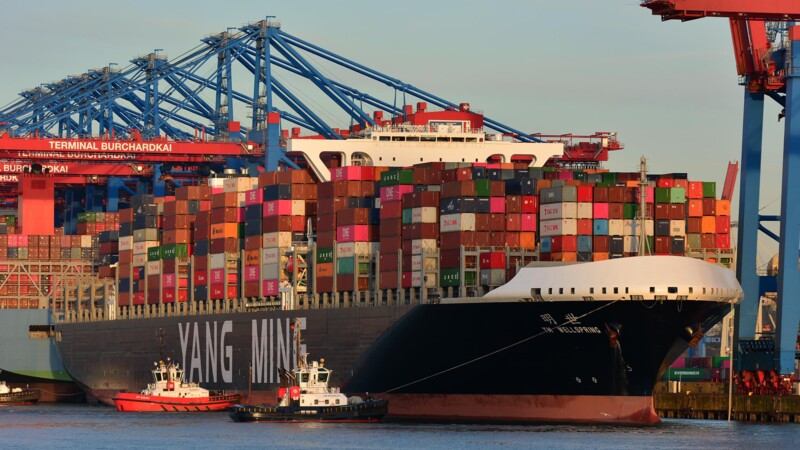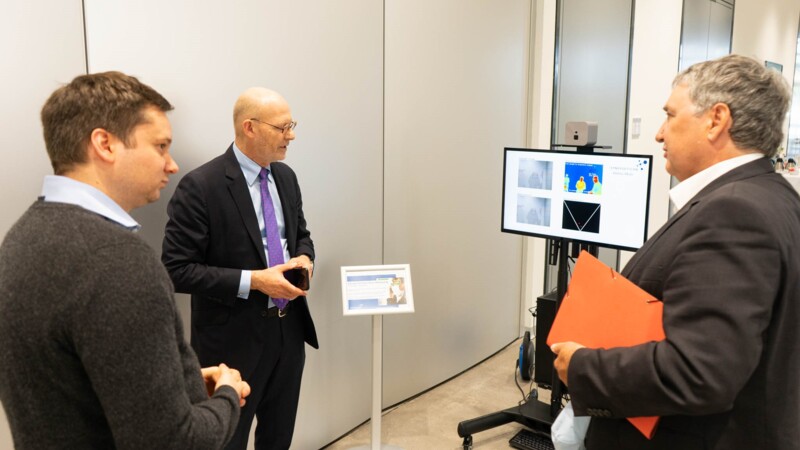From strategy to performance: Entrepreneurs who have already linked up their sales channels i.e. stationary, online, mobile, etc. are among "winners" of the crisis.
Retailers in Hamburg earned a "slight plus" in the first half of 2020, according to Brigitte Nolte, Managing Director of the trade association Handelsverband Nord. Although food retailers, DIY stores or bicycle stores made a profit during the corona-induced lockdown, fashion and shoe retailers are among the losers of the crisis. However, these sectors "are characteristic of Hamburg's city centre and stationary retail trade as a whole", Nolte pointed out.
Many omnichannel retailers link up business in a physical shop with online trade. Sandro Megerle, a trend researcher with the Hamburg-based agency, Trendone, said: "Omnichannel is no longer simply a nice-to-have option, but is rather the standard for success.” Megerle has identified six trends that are likely to determine the future of retail.
1. Omnichannel Performance
2. Remote Retail
More and more retailers and brands will literally be offering their products in people's living rooms, Megerle has predicted. Audi, for instance, has developed a live advice service per livestream to the car dealership. The sales consultant wears a (data) headset and can share the same view with prospective customers.
3. 1.5 Metre Society
Technologies for customer management in branches will become increasingly important ion the wake of hygiene and contact regulations. One of the micro-trends is technical distancing, i.e. the technical regulation of customer traffic. Contactless shopping in the branch (via Click&Collect) or contactless deliveries - in online and offline retail - are also becoming more popular.
4. Retail Automation
All the processes of operating a retail branch can be automated. While staffless stores are the "crowning glory of automation", autonomous and semi-autonomous systems such as inventory robots can also reduce the costs of time and personnel-intense processes and create the foundation for new data-based services (real-time inventory). A similar situation is emerging in warehouses where robotic systems take over the so-called picking.
5. Digital Instore Experience
Personalisation is "king" or more precisely real-time personalisation along the customer journey. Nike, for instance, has launched an adaptive store in China. Customers experience a "digital-enabled journey" on an app, based on individual customer preferences and real-time data. LED lamps indicate a matching pair of shoes on a shelf.
6. Intelligent Supply Chains
Resilience and transparency are characteristic of intelligent supply chains, said Megerle. Being able to react "quickly and adaptively" to any external, disruptive factors is crucial to avoiding supply bottlenecks or mistakes from a company's perspective and not only against the backdrop of the corona crisis. More and more customers are demanding transparent supply chains to gain uncomplicated access to the origin and manufacturing conditions of a product.
sb/pb
Sources and further information
More
Similar articles

Port of Hamburg seeks closer trade relations with Vietnam


